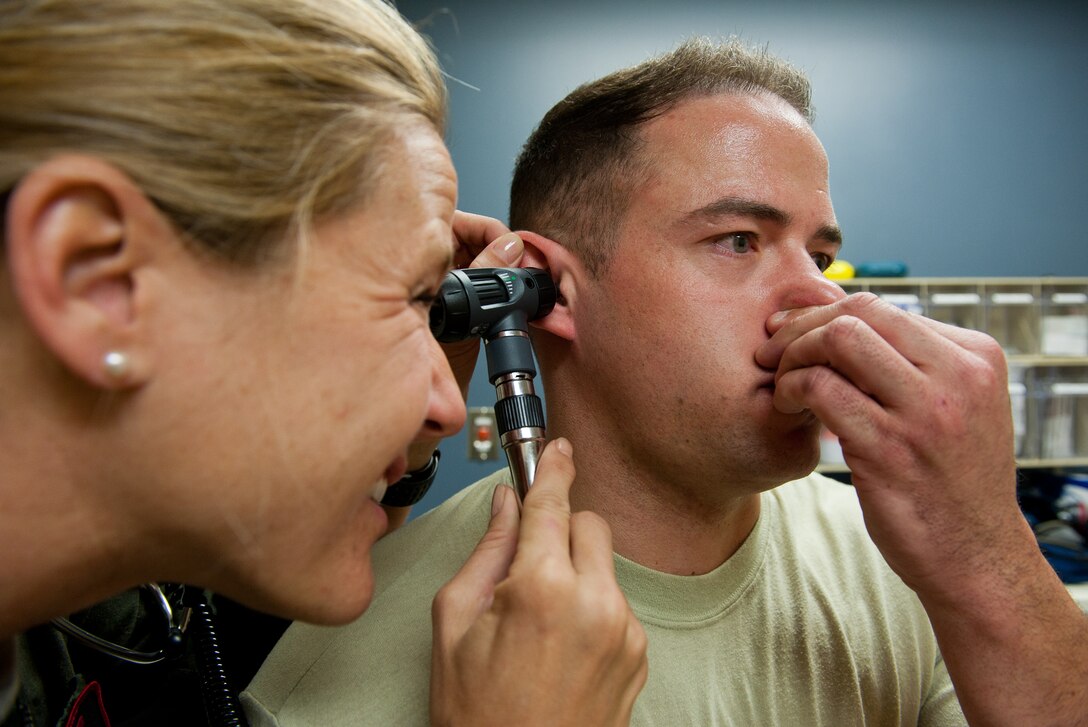New Drug Delivery System: Alternative to Opioid Painkillers?
According to the National Institute on Drug Abuse (NIDA), between 8% to 12% of people using an opioid pain reliever develop some form of opioid addiction. Opioid painkillers are drugs that reduce pain and provide relief while the patient remains conscious. Doctors typically prescribe opioid painkillers to patients to help them manage chronic pain. Unfortunately, the addictive properties of opioids have led to drug abuse and overdose among patients. In 2017, the National Institutes of Health (NIH) claimed that around 1.7 million people in the United States suffered from substance abuse related to being prescribed opioids.
As a result, researchers have started turning towards local anesthetics that target a specific region of the body as an alternative for chronic pain relief. Certain local anesthetics have the potential to control pain symptoms and provide comfort without the addictive properties of opioids.
Site-1 sodium channel blockers (S1SCBs), which include toxins derived from pufferfish and toxic algae, are one class of compounds with local anesthetic properties. These toxins inhibit sodium channels, proteins that are critical for neuron function and pain signaling as they allow sodium ions to flow in and out of cells. Blocking sodium channels at a specific site could provide pain relief and comfort without affecting the rest of the body. However, S1SCBs diffuse easily when injected, thereby causing severe toxicity in surrounding organs and tissues. Thus, it is necessary to develop a method for the safe delivery of S1SCBs to a specific site.
A group of researchers from Harvard Medical School explored whether S1SCBs could be safely delivered to a localized area of the body for an extended period without the negative toxic effects that come from systemic exposure to the toxins. They recognized that two particular S1SCBs, Tetrodotoxin (TTX) and Saxitoxin (STX), block sodium channels by binding to two specific regions at the surface of the protein. These regions, called P1 and P2, can be isolated from the sodium channel protein and modified to come together, forming microscopic P1-P2 structures.
As a result, researchers have started turning towards local anesthetics that target a specific region of the body as an alternative for chronic pain relief. Certain local anesthetics have the potential to control pain symptoms and provide comfort without the addictive properties of opioids.
Site-1 sodium channel blockers (S1SCBs), which include toxins derived from pufferfish and toxic algae, are one class of compounds with local anesthetic properties. These toxins inhibit sodium channels, proteins that are critical for neuron function and pain signaling as they allow sodium ions to flow in and out of cells. Blocking sodium channels at a specific site could provide pain relief and comfort without affecting the rest of the body. However, S1SCBs diffuse easily when injected, thereby causing severe toxicity in surrounding organs and tissues. Thus, it is necessary to develop a method for the safe delivery of S1SCBs to a specific site.
A group of researchers from Harvard Medical School explored whether S1SCBs could be safely delivered to a localized area of the body for an extended period without the negative toxic effects that come from systemic exposure to the toxins. They recognized that two particular S1SCBs, Tetrodotoxin (TTX) and Saxitoxin (STX), block sodium channels by binding to two specific regions at the surface of the protein. These regions, called P1 and P2, can be isolated from the sodium channel protein and modified to come together, forming microscopic P1-P2 structures.
Image Source: David Clode
The researchers discovered that TTX and STX will continue binding to the modified P1-P2 structures in a way that mimics their binding to the actual sodium channel. When the TTX and STX are bound to modified P1-P2 structures, the two S1SCBs will be more resistant to diffusion and released at a slower rate. When released, the toxins can bind to the actual sodium channel and facilitate anesthesia. Furthermore, the P1-P2 structures trap the TTX in a specific location, which is a quality essential for a potential local anesthetic.
To test the efficacy of the modified P1-P2 delivery system, the formulation containing the modified sodium channel proteins with S1SCBs was given to mice, which acted as an experimental model in place of the human body. Researchers monitored for both tissue toxicity and the duration of TTX or STX release. They found that the ability of their TTX and STX formulations to block local nerve function increased about 3.6 and 3.8 times, respectively, compared to TTX and STX alone. Additionally, the researchers found little to no indication of damage to surrounding tissues. This was attributed to their modified P1-P2 structure’s ability to trap TTX, which allowed the researcher to safely increase the concentration of TTX and STX. This, in turn, resulted in the prolongation of the local anesthetic nerve block to nearly seven times the normal duration.
The researchers claim that these results demonstrate promise regarding the development of an effective and non-addictive alternative to opioid painkillers. But further research must be conducted to evaluate proper usage of this possible alternative in humans.
To test the efficacy of the modified P1-P2 delivery system, the formulation containing the modified sodium channel proteins with S1SCBs was given to mice, which acted as an experimental model in place of the human body. Researchers monitored for both tissue toxicity and the duration of TTX or STX release. They found that the ability of their TTX and STX formulations to block local nerve function increased about 3.6 and 3.8 times, respectively, compared to TTX and STX alone. Additionally, the researchers found little to no indication of damage to surrounding tissues. This was attributed to their modified P1-P2 structure’s ability to trap TTX, which allowed the researcher to safely increase the concentration of TTX and STX. This, in turn, resulted in the prolongation of the local anesthetic nerve block to nearly seven times the normal duration.
The researchers claim that these results demonstrate promise regarding the development of an effective and non-addictive alternative to opioid painkillers. But further research must be conducted to evaluate proper usage of this possible alternative in humans.
Featured Image Source: RF._.studio
RELATED ARTICLES
|
Vertical Divider
|
Vertical Divider
|
Vertical Divider
|






